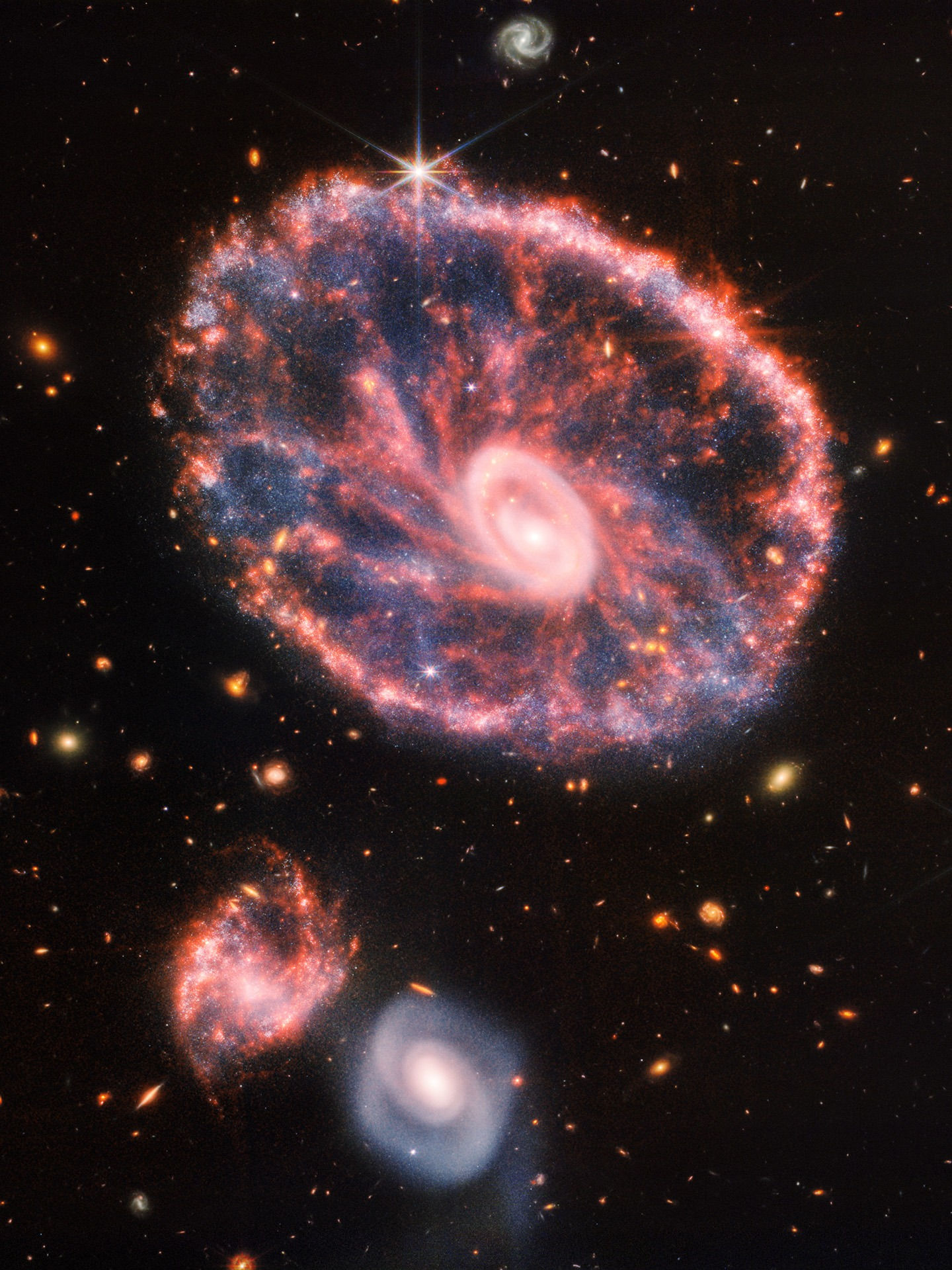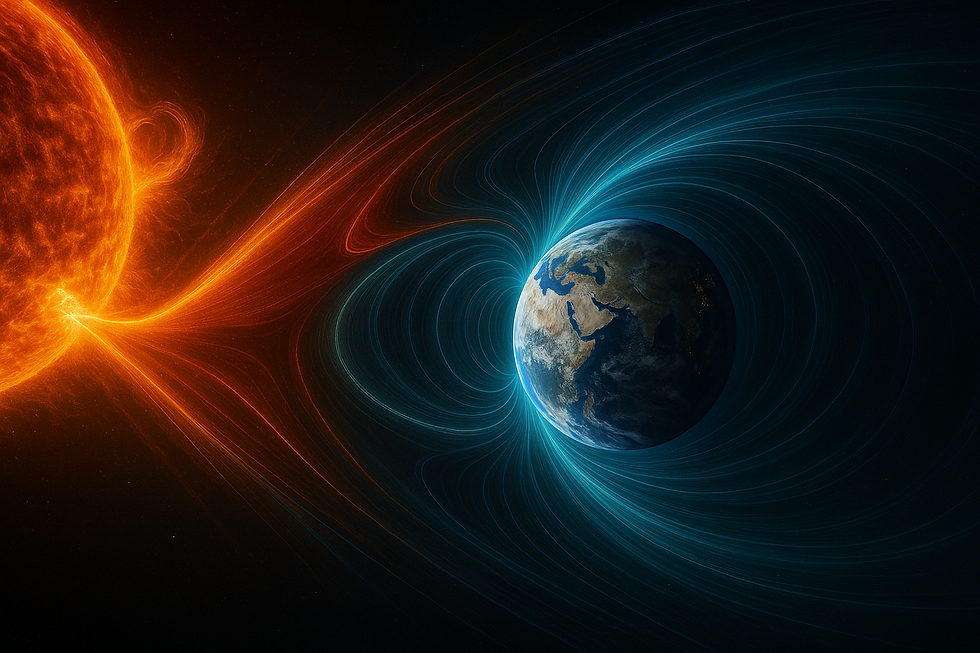When Will Vega Become The North Star?
- Prof.Smith

- Jan 13, 2024
- 2 min read

The concept of a North Star has captivated astronomers and navigators throughout history. The current North Star, Polaris, has rightly earned its place as a reliable celestial marker for centuries. However, due to the natural process of precession, Vega has been heralded as a potential future North Star. In this blog post, we will explore the mechanics behind precession, the slow shift in the Earth's axis, and what astronomers predict about the future alignment of Vega as the North Star.
Precession is a fascinating astronomical phenomenon that affects the Earth's axis. Just as a spinning top gradually changes its orientation over time, the Earth's axis undergoes a slow circular shift. This remarkable process is mainly influenced by a combination of tidal forces exerted by the Moon and the Sun, along with the Earth's bulging shape. As a result, the Earth's axis completes a full circle approximately every 26,000 years, leading to changes in the North Star.
Currently, Polaris serves as the North Star due to its relatively close alignment with the Earth's rotational axis. However, Vega, a bright star in the constellation Lyra, is projected to occupy this position in the future. Vega has been captivating skywatchers for centuries with its bluish-white brilliance and prominent position in the sky. Its status as a potential North Star arises from the fact that due to precession, the Earth's axis will eventually point more closely towards Vega.
But when exactly will Vega take over as the North Star? Predicting the exact timing is complex, since the gradual shift in the Earth's axis is influenced by various astronomical factors. Nonetheless, experts in the field, armed with advanced computational models, estimate that Vega will achieve proximity to the North Star position in around 14,000 years. This prediction is supported by centuries of painstaking observations and calculations by astronomers.
Nevertheless, it is important to note that Vega's tenure as the North Star will not be permanent. Precession ensures that other stars will eventually take up this role in the future. Future civilizations, thousands of years from now, will witness different celestial markers guiding their way across the night sky as the cycle of precession continues.
In conclusion, Vega's potential as a future North Star is rooted in the natural phenomenon of precession, a gradual shift in the Earth's axis caused by tidal forces and the planet's shape. While Polaris currently holds the prestigious title, Vega is predicted to take center stage in approximately 14,000 years. This fascinating celestial dance of precession reminds us of the ever-changing nature of our universe and offers a glimpse into the future of celestial navigation.












































































































Comments